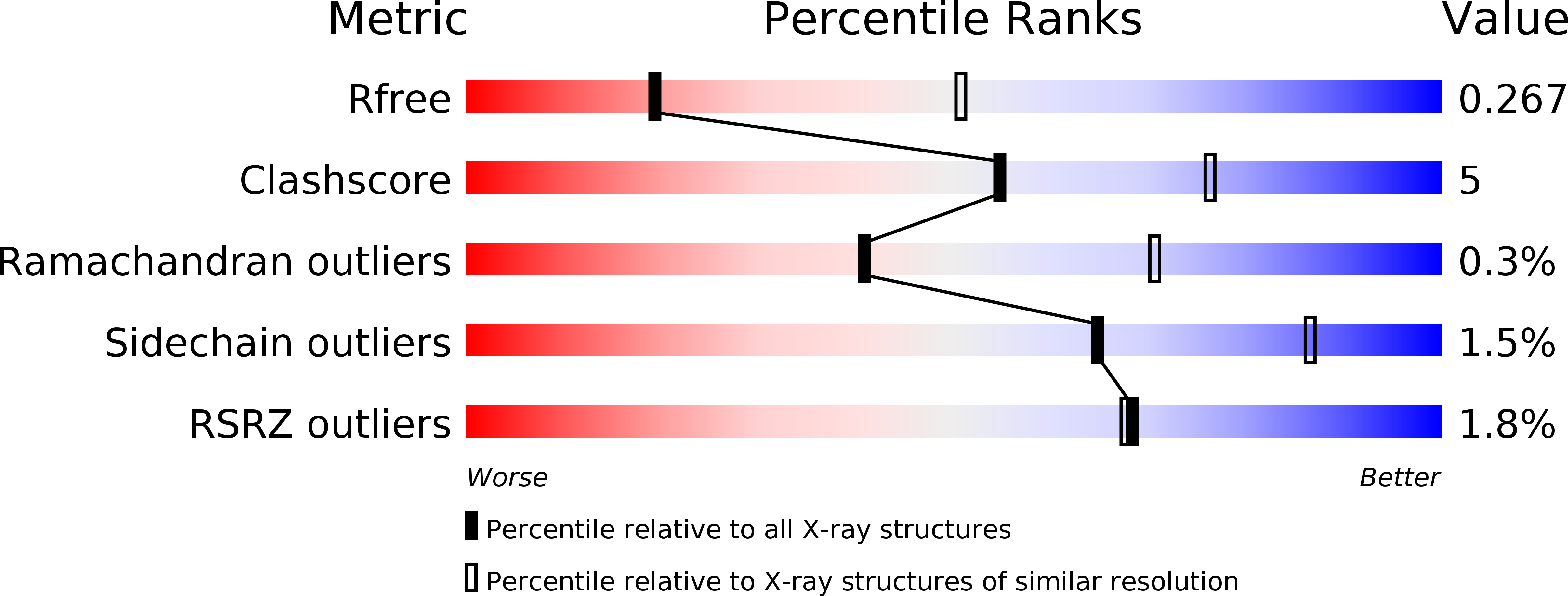
Deposition Date
2012-08-03
Release Date
2012-12-05
Last Version Date
2024-11-27
Entry Detail
PDB ID:
4GFJ
Keywords:
Title:
Crystal structure of Topo-78, an N-terminal 78kDa fragment of topoisomerase V
Biological Source:
Source Organism:
Methanopyrus kandleri AV19 (Taxon ID: 190192)
Host Organism:
Method Details:
Experimental Method:
Resolution:
2.91 Å
R-Value Free:
0.26
R-Value Work:
0.20
R-Value Observed:
0.20
Space Group:
P 61


